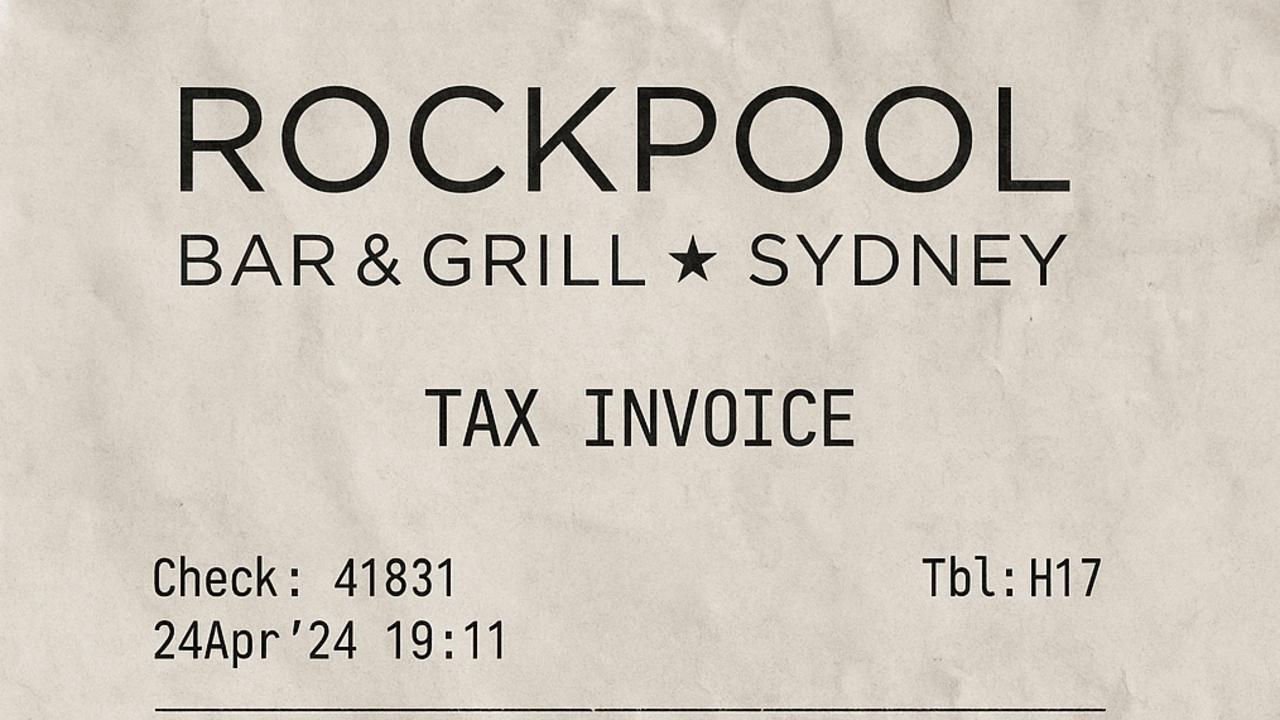Banks still pricey but can they surprise on capital returns?
With $7.7bn of surplus capital above its regulatory minimum at the end of March, CBA seems able to extend its share buyback and also payout dividends around its 80 per cent maximum.

Business
Don't miss out on the headlines from Business. Followed categories will be added to My News.
All eyes turn to Commonwealth Bank when it reports its full-year results early Wednesday.
On a continuing operations basis, analysts expect a second-half cash profit of $4.76bn, net interest margin of 1.97 per cent, return on equity of 13 per cent and final dividend of $2.35 a share, according to Bloomberg. But a key uncertainty is whether CBA renews its $1bn share buyback.
With $7.7bn of surplus capital above its regulatory minimum at the end of March, CBA seems able to extend that share buyback and also payout dividends around its 80 per cent maximum.
The question is whether the company wants to give another positive signal for its share price after it hit a record high of $38.24 early this month after soaring 30 per cent in the preceding 12 months.

CBA shares are trading on a 12-month forward price-to-earnings multiple of about 23.3 times, after hitting 25.6 times on 1st August. These multiples are higher than any large-cap developed market bank has traded. CBA’s share price has roughly doubled since the Covid sell-off of early 2020.
Before that time, its long-term average PE valuation before 2020 was about 13.3 times.
“For a lot of people, when they see CBA, the biggest bank in Australia, and the biggest company on the ASX down 4 per cent from its record highs and offering a 3.5 per cent dividend yield fully franked, it’s a buying opportunity,” said Jessica Amir, market strategist at Moomoo.com.
“It has a low bar to jump over, which gives room for an earning beat.
“Plus a boost to its buyback might be a nice surprise for shareholders too.”
While CBA’s current valuation seems excessively high, stronger than expected results and capital management could trigger a “capitulation” on the part of “sell side” analysts.

Bloomberg’s consensus 12-month price target for CBA of $96.79 is 26 per cent below the current share price. There are no Buy ratings and only one Hold on the stock. All the rest are Sell.
Of course, analysts will look for any potential “read-through” for the other major banks.
The sell-side consensus on the three majors is nowhere near as bleak as it is for CBA, but of course they’re nowhere near as overvalued, at least based on forecast earnings and capital returns.
ANZ is the only one of the major banks where the consensus is Buy and only just.
The consensus on NAB is Hold, and for Westpac it’s Sell.
Interestingly, while not expecting CBA to announce another share buyback this time, UBS analyst John Storey upgraded ANZ and Westpac on Tuesday based on their potential for bigger than expected capital returns via dividends and share buybacks.
The consensus view on the Aussie banks is that they have conservatively struck loan portfolios, high provisions and some excess capital, and despite expected earnings declines, their earnings “visibility” and stability “remains highly valued by investors, according to Mr Storey.
Specifically he looked at how much excess capital the banks carry and whether this is potentially a further underpinning to their share price performance in the context of valuations which he still sees as “rich versus historical trading ranges and lower expected levels of profitability.”
But on this front, Mr Storey said he “underestimated how much excess capital the banks have.”
In total, the Aussie banks now have about $40bn of excess capital.
Despite higher-than-average payout ratios of about 75 per cent, expected share buybacks of about $13bn and risk-weighted assets growth compounding at 4 per cent over four years, they will still have $30bn in excess capital four years from now, according to UBS.
“In our opinion, banks are fortunate they can both accelerate lending growth if needed, and are in a position to return excess capital,” Mr Storey said.
“We think in a commoditised banking sector, the potential to recycle capital and return it to shareholders could become an increasingly powerful investment underpin.”
But on average, Aussie banks are trading at about 16 times forward earnings based on UBS estimates, almost 2 standard deviations above their long term averages, the average valuation is also a 3 per cent premium to the ASX 200 versus a 14 per cent discount historically.
“The strong bank share price and relative outperformance has surprised many in the market this year,” Mr Storey said.
“Despite the recent 8 per cent pullback in the banks on the back of the Yen ‘carry trade’ unwind and a poor job print in the US, we still view the Aussie banks as expensive relative to the market, historical ratings and expected profitability.”
More Coverage
Originally published as Banks still pricey but can they surprise on capital returns?









